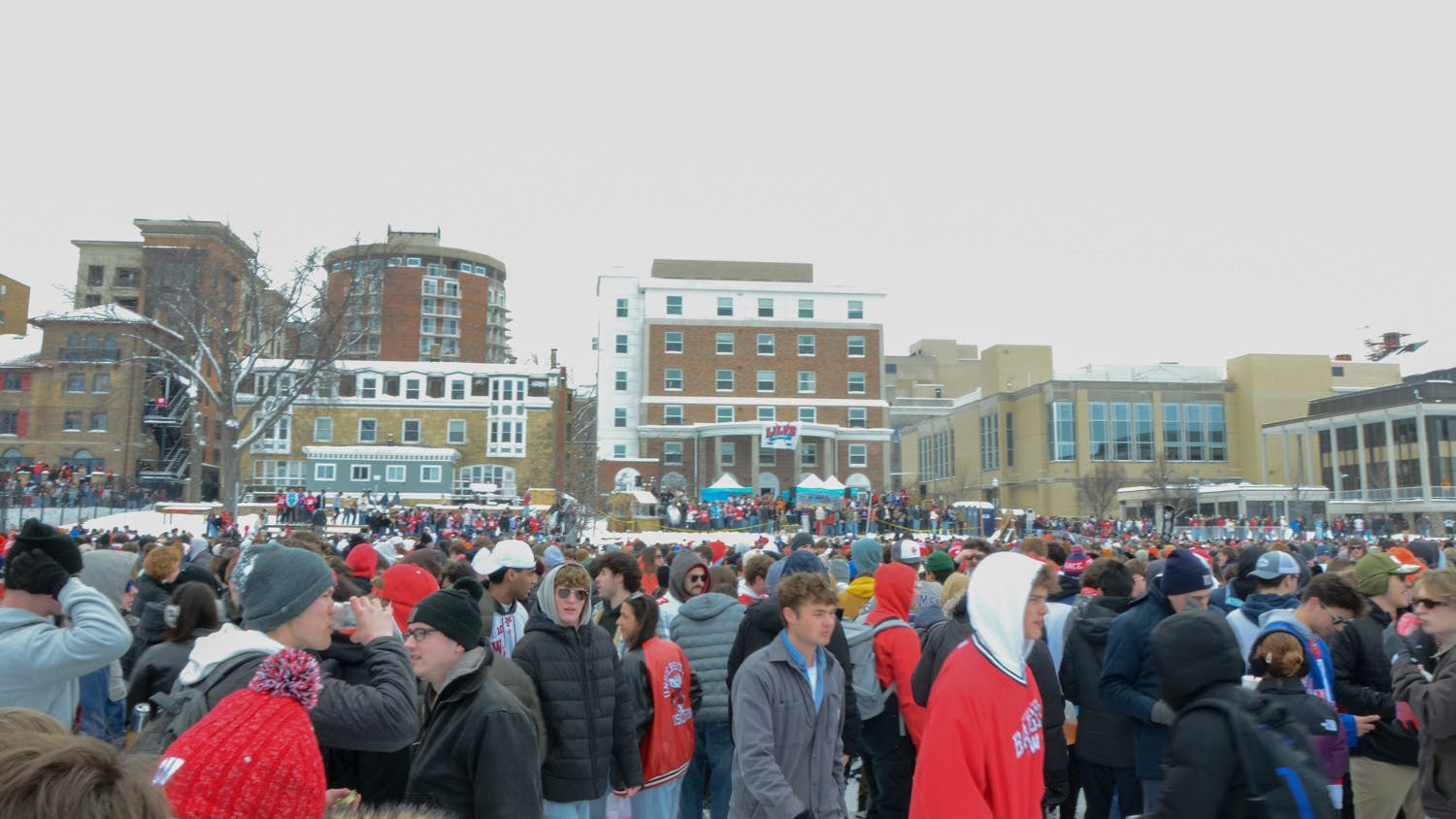The White House unveiled details of their initial investment for a proposed national high-speed rail network last Thursday. The White House plans to use $8 billion from the $787 billion stimulus plan to help jump start programs that are ""ready to go.""
Although the White House's plan highlighted ten regional networks awaiting investment, Wisconsin hopes to receive a large chunk of this stimulus money if the plan set forth by the Midwest Regional Rail Initiative (MRRI) comes to fruition.
President Obama spoke to reporters about the funding decision the day after eight midwestern governors, including Gov. Jim Doyle, signed a letter requesting $3.4 billion to start Phase I of the MRRI immediately.
The governors from Wisconsin, Illinois, Minnesota, Michigan, Iowa, Indiana, Missouri and Ohio would use the funding to complete routes linking the Twin Cities to Madison to Milwaukee to Chicago, Chicago to Detroit and Chicago to St. Louis.
Each train would travel up to 110 miles per hour on the new lines, drastically reducing travel times and easing vehicle congestion throughout the region.
The fact that Phase I's cost comes in at $3.4 billion makes it highly unlikely that Transportation Secretary Ray LaHood will approve the funding allotment.
Obama's longtime supporter Mayor Richard M. Daley may have signed the letter, but their strong personal relationship hardly means that Obama would approve of dedicating 43 percent of the confirmed $8 billion to one region when there are nine other sites under consideration.
The Obama administration has planned for an additional $5 billion five-year investment toward high-speed rail projects in his suggested 2010 budget, but if the dream of a national high-speed rail network is to become a reality, far more funding will be needed.
The MRRI costs nearly $8 billion alone. $6.6 billion in infrastructure work will be needed and an additional $1.2 billion is required for train equipment. However, the investment is well worth it.
High-speed rail would reduce travel time between major metropolitan areas by 30 to 50 percent. A central hub in Chicago would link lines between St. Paul, Madison, Milwaukee, St. Louis, Detroit, Cincinnati, Indianapolis, and Cleveland after all phases are complete.
Ninety percent of all midwestern residents would live within one hour's travel of a high-speed rail station under the plan. These goals are lofty, but they can be attained with an increase in funding. The proposed $13 billion over five years won't cut it.
The proposed funding is a nice start, but 21 states are vying for the funds. California's high-speed networks alone would cost upwards of $45 billion. Throw in that along with the remaining 20 states that will be vying for funding and we find ourselves in the middle of a conundrum.
Secretary LaHood has said that the initial investment will fund shovel-ready projects, but the funding must continue beyond these down payments. Aside from the fact that high-speed rail costs less per mile and is more energy efficient, it also provides a much safer means of transportation.
As gasoline prices continue to rise, commuters will be forced to seek alternative, consumer-friendly means of transportation. High-speed rail is the answer.
The MRRI would create up to 2,000 permanent and 8,000 short-term jobs throughout its implementation. Local economies will also benefit from the influx of commuters.
The White House needs to establish a committee dedicated to exploring how best to increase funding for these cash-strapped projects. Whether it comes through additional stimulus allotments, increased taxes, or fuel surcharges, one thing is certain: more money, fewer problems.
Tom Hart is a senior majoring in history. Please send responses to opinion@dailycardinal.com.





